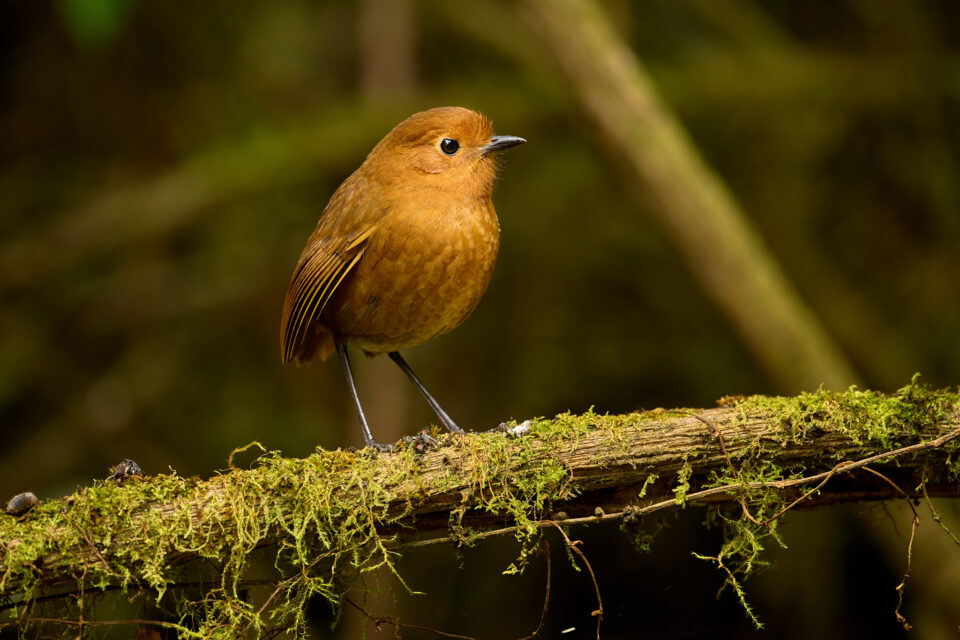Wedding photography is a difficult job, and you’ll only have only one chance to do it, which means there’s no room to make mistakes. It is a day of celebration for the couple and the photographs will be kept as a treasured memory for the ages to come. Therefore, more than any other kind of photography, it’s important to be prepared and practice before the event The one thing you do not wish to do is ruin the whole thing up.
Particularly, if you’re just beginning to photograph weddings, you need to do your research beforehand and don’t leave anything up to chance. In this article, I’ll provide you with a few important guidelines and tips to start you off.
Meet the Couple
The first step prior to you begin planning anything is to meet with your couple and discuss about their needs regarding your wedding photography including any specific requests. It might sound straightforward however it’s one of the best methods to figure out what kind of photographs that your client will appreciate the most. Every couple will not have the same set of requirements!

Write a List
With the assistance of the couple, it’s important to create an outline of the most important wedding guests you want to capture and who should be included in the group shots. Your clients won’t be thrilled when they receive their pictures only to discover that they don’t have their parents present in any of the photos or that you have excluded their grandparents from the group photos.
Check out the Locations
I would strongly suggest going over the locations in advance so that you can pick the most suitable spots to shoot. This can also alleviate any stress before the day comes around. It’s recommended to accompany your couple to the venues to ask their opinions. It is advisable to take tests with various positions in different locations to help you decide what you want to expect to get the perfect wedding photos.
Practice Before the Event
It is important to practice prior to the event. This is essential for an effective shoot. If you don’t have prior experience shooting weddings or people then you’re creating a risk for the possibility of failure.
However, chances are that you’ve snapped photos of people before or it’s not the kind of story you’d want to read! Thus, build on the experience of taking photos of your relatives or friends at the home. If it’s your first attempts at taking pictures of a wedding, you can take your family members to the location of the wedding ceremony to learn and improve your skills.

Prepare Ahead of Time
There’s nothing worse than being unsure of what time and where to take your most important photographs. Therefore, make sure you prepare a calendar for the entire day. It is crucial to determine the locations where you’re going to be standing while taking photographs, particularly for the most important aspects during the wedding ceremony. Therefore, you should scout the venue (if it’s an indoor ceremony) before the time of the wedding so you can plan how to maneuver between the locations you are planning to take. An ideal timing to conduct this would be during the rehearsals. Contact the bride and groom to see if they can go to the rehearsal and they’ll likely be delighted to allow you to attend.
A second photographer – or requesting that the couple locate one – could be an enormous help. It takes many of the pressure off your shoulders in the event that an unfortunate event occurs. If, for instance, you are unable to capture an crucial (or more crucial) moment, there’s the possibility that the backup photographer will be able to capture these photos. Another advantage is that you are able to transfer your responsibility for example, asking them to take photos of guests, while you concentrate on the bride and groom.
If you’re not acquainted with the couple’s families and friends, it could be a challenge to get them for group photos. It’s an ideal idea to ask the couple to choose one of their family members to take on this specific task.
Create a Photo Checklist
It is crucial to prepare an agenda prior to your wedding that includes the main events and subjects that you’ll take pictures of, especially if aren’t experienced in photographing weddings. It’s an excellent idea to ask the couple’s opinion regarding this. Some of the most important moments that pop into my mind are getting married, kissing exchange of rings and cutting out the cake and dancing. Be sure to take pictures of the tiny details like flowers, rings, and your wedding dress as well.

Have a Backup Plan
The weather at the wedding day can ruin your plans in the event that you do not have an alternative plan. Everyone is worried about rain on the day of however, you can turn this advantage to create some stunning pictures if you plan ahead beforehand.
Here are some tips to get the most enjoyment of the weather that isn’t ideal:
- Add some props. For instance, you could provide the couple with an umbrella that is white or black to give them a bit of accents.
- Utilize the skies for your benefit. The couple should be placed against dark and moody clouds can yield some stunning outcomes.
- It is important that the bride wears extra shoes. If the floor is muddy and hard, you don’t want your bride to be wearing heels that sink into the floor. Make sure you be aware of this ahead of time to bring another pair.
- Explore alternatives to spots. If rain delays some of your plans, you’ll require alternatives to shoot at. Therefore, make sure you identify these before you go and possibly ask owner of the venue for suggestions on areas or spots that are sheltered. can utilize.
Prepare Your Camera Gear
There are a few equipment that you’ll require, such as backup camera equipment in the event that something goes wrong. This is also true for batteries and memory cards – always carry an extra. Most people cannot afford to buy everything for themselves, but you may be capable of borrowing from a family member or rent the equipment you require at a cost of a few dollars.
Here’s a list of essential equipment you’ll require in case you don’t already have it:
- A quality camera, preferentially an DSLR or a more sophisticated mirrorless camera
- A selection of lenses suitable to a variety of situations.
- A camera bag that keeps your equipment in all times, and have an easy-to-use access.
- A flash with a diffuser for ceremony shots and indoor shots
- Memory cards that offer plenty of storage
- Batteries and chargers for spares
- Perhaps a tripod however, you are able to skip it in many situations.
Some Final Tips
- If you’re planning on shooting weddings for your profession, it’s an ideal idea to work in the role of a backup photographer prior to taking on the job by yourself
- In advance, ask the couple whether they have any particular needs, such as not using flash during the ceremony.
- You can take pictures of the wedding from various angles, but remember not to disturb the wedding or interfere with the couple’s plans.
- Take a look at your photos to see if there are people blinking. Don’t put anyone in a way that they’re looking at bright light.
- Usually eye contact with the camera is essential for group or couple shots or your subjects might appear scattered
- Make as many photos as you can. The more you can take more chances that you’ll be able to get a quality one, and the greater number of images you have to choose from













Leave a Reply